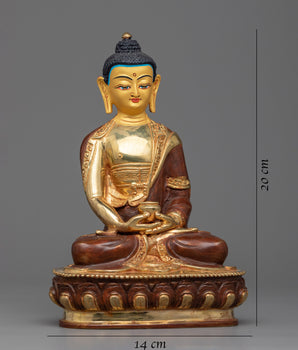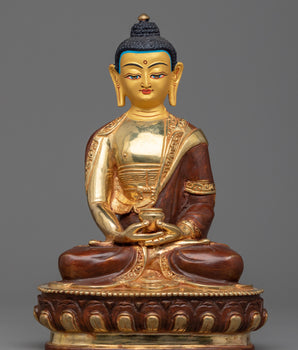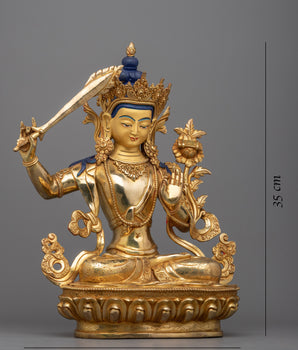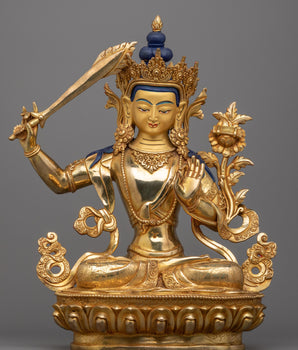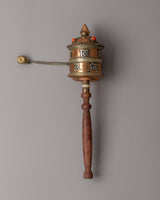
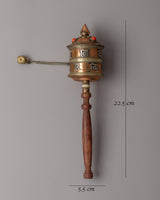
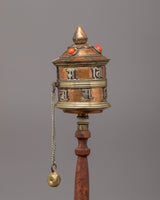
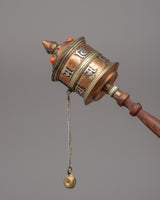
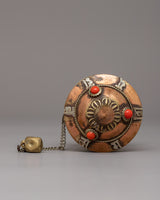
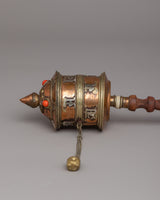
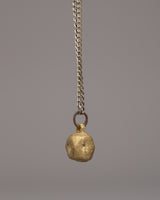
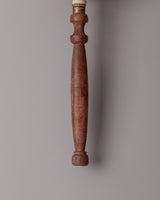
Spiritual Handheld Prayer Wheel | Handheld Tibetan Prayer Wheel

100% AUTHENTIC

HANDMADE

FREE SHIPPING
Buddhist Handheld Prayer Wheel with Om Mani Padme Hum Mantra
--------------------------------------------
Size: 22.5cm (Height) x 5.5cm (width)
Weight: 0.092 kg
Material: Copper Body, Wooden Handel, Coral
--------------------------------------------
About our Prayer Wheel :
Crafted with care, this Buddhist Prayer Wheel is a precious object in Himalayan Buddhism that promotes attention and spiritual connection. It is 22.5cm in height and 5.5cm in breadth and weighs only 0.092kg, making it lightweight and portable. The wheel is made of reliable copper, has a wooden handle, and is embellished with coral stones, which represent vitality and spiritual force. Its outside is etched with the potent mantra "Om Mani Padme Hum," which heightens its religious importance and makes it an essential instrument for daily meditation and mantra recitation.
The elaborate design of this prayer wheel incorporates Buddhist teachings and spiritual symbolism. The whirling copper cylinder depicts the samsara cycle, while the hardwood handle represents the practitioner's connection to the soil. Spinning the wheel is thought to provide merit equivalent to reciting the mantra aloud, spreading compassion, and cultivating mindfulness. This Buddhist prayer wheel, ideal for personal use or as a thoughtful gift, is an uplifting addition to any spiritual practice, promoting inner calm and enlightenment.
Introduction to Prayer Wheel :
A prayer wheel is cylindrical on a spindle used in Tibetan Buddhism. It is typically inscribed with the mantra "Om Mani Padme Hum" and rotated by hand as a form of spiritual practice and to accumulate merit. Spinning the wheel is believed to have the same spiritual benefits as verbally reciting the mantra. The use of prayer wheels is widespread in Tibetan Buddhism and has spread to other cultures.
How does the Buddhist Prayer Wheel benefit us?
The benefits associated with rotating the wheel are numerous. It promotes knowledge, compassion, and bodhicitta in the practitioner and improves siddhis (spiritual powers such as clairvoyance, precognition, etc.). The practitioner can repeat the mantra as often as possible while the wheel is rolling, maintaining a calm, meditative attitude. A Tibetan Buddhist tradition holds that after a practice session, one should dedicate any acquired merits to the benefit of all sentient beings. Then three times Om Ah Hum. This is usually among Tibetans after finishing any Buddhist practice, including the prayer wheel exercise.













